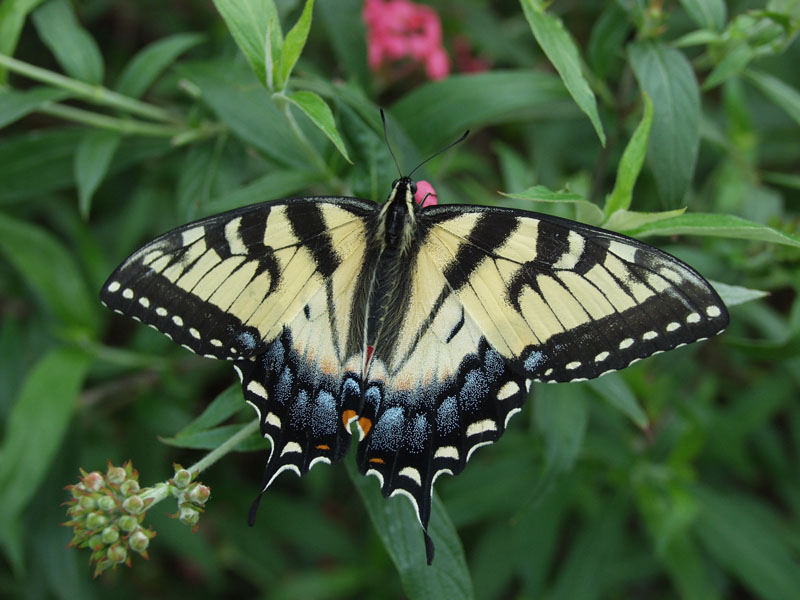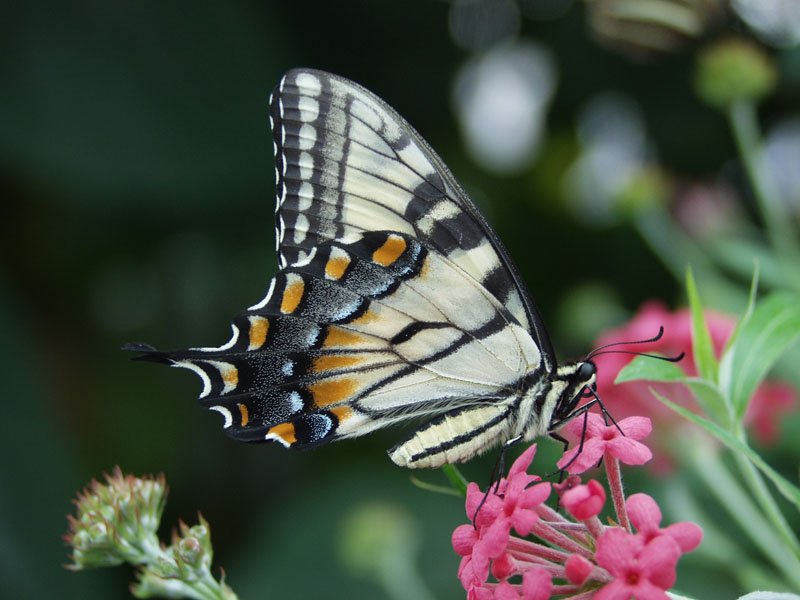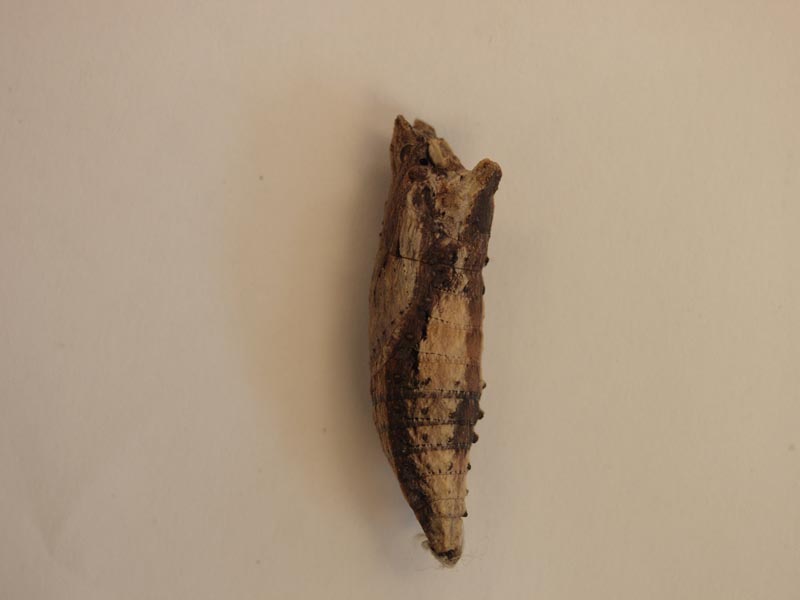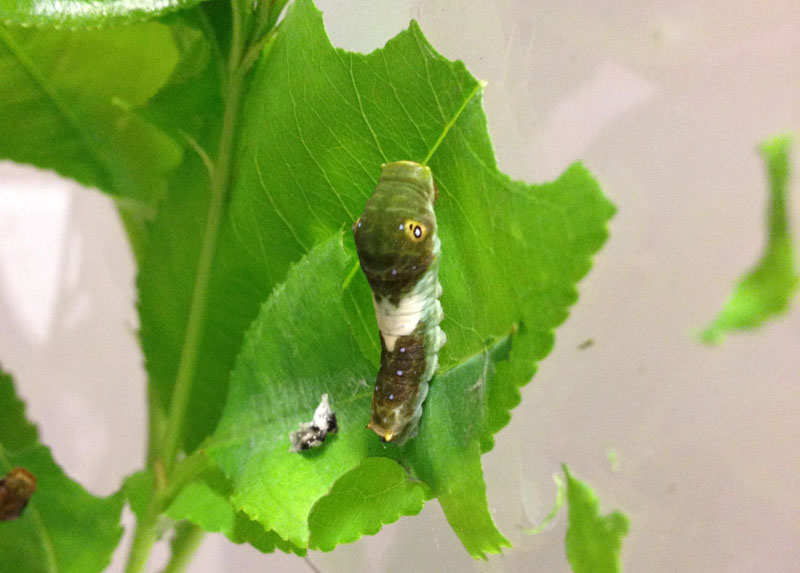



The adults will feed on a variety of flowers but they are known to really enjoy lilacs.
The genus Papilio is Latin for Butterfly. In Latin the word glaucus is the color bluish-green or grey.
Eastern Tiger Swallowtails prefer broadleaf woodlands and the surrounding areas. They can also be seen visiting gardens or orchards and flying along roadways or rivers.
When they are not feeding the males are on patrol for willing females. After mating the females lay their eggs individually on the host leaves. Once the caterpillars hatch from their eggs they spin a silken pad in a bundle of leaves which is used as a base for their feeding operations.
In the southernmost part of their range the Eastern Tiger Swallowtail can have 3 flights a year between February - November while in the northern parts there are 2 flights a year May - September.
There are 5 states that either have the Eastern Tiger Swallowtail listed as their official state insect or butterfly and they are: Alabama, Delaware, Georgia, South Carolina, and Virginia.